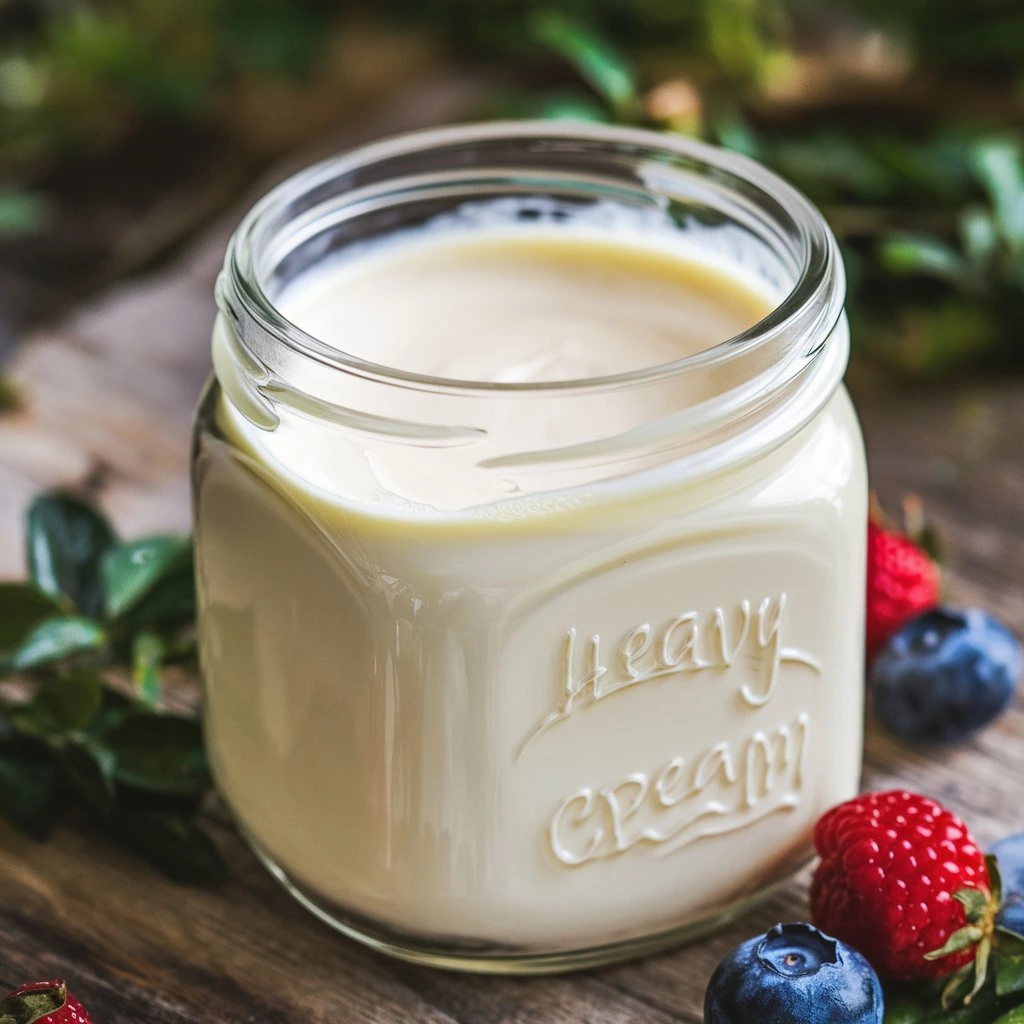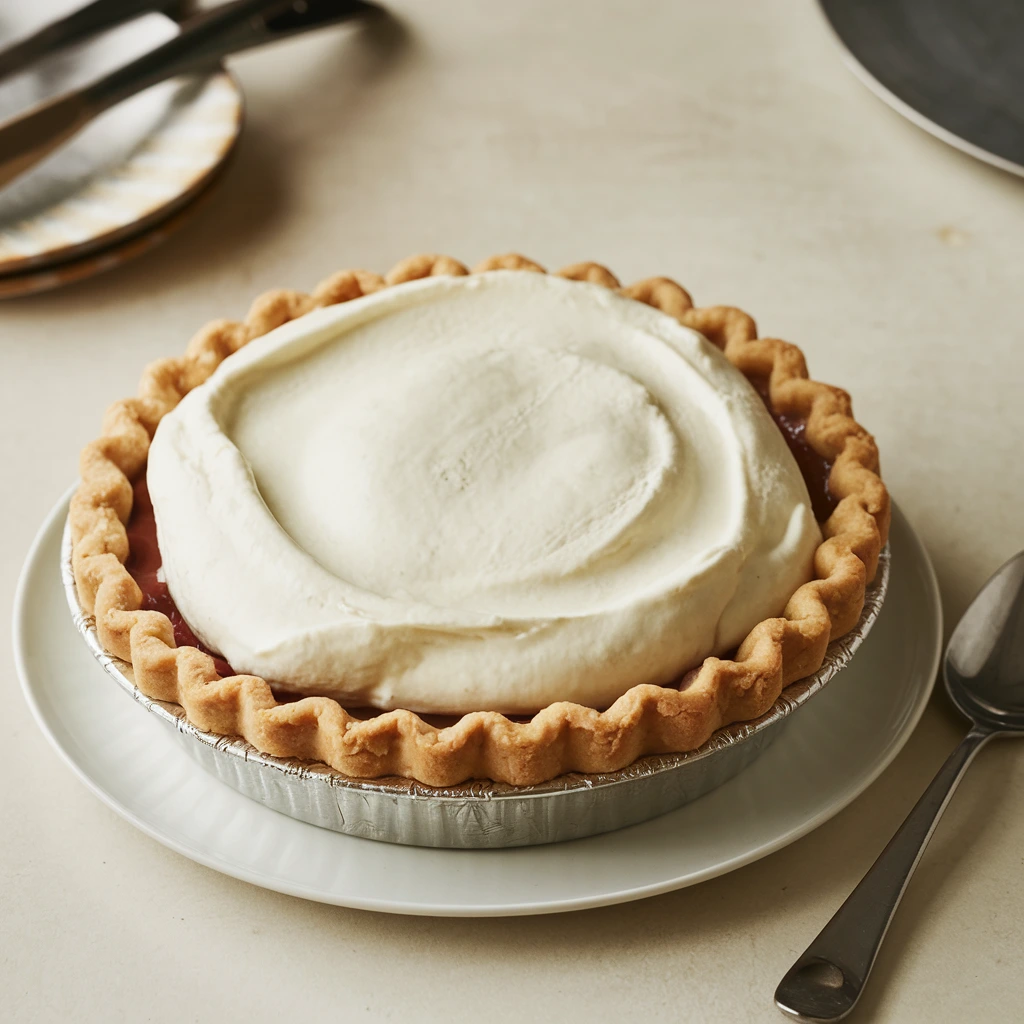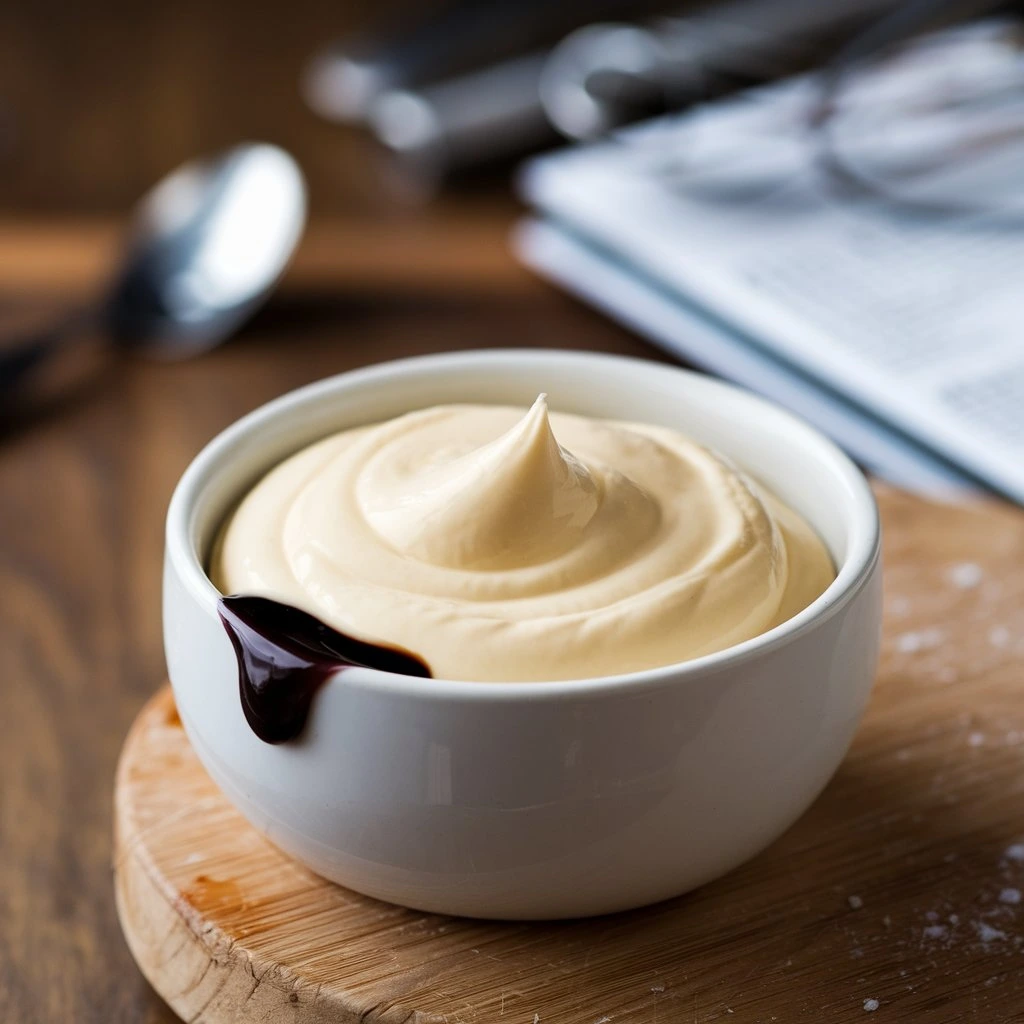Heavy cream is a versatile dairy product that elevates both sweet and savory dishes with its creamy texture and rich flavor. From thickening sauces to enhancing desserts, its applications are endless. This guide explores the essentials of it, including its uses, substitutes, and frequently asked questions.

What is Heavy Cream?
Heavy cream, also called heavy whipping cream, is a dairy product with a minimum of 36% fat. This high-fat content allows it to hold its shape when whipped, making it perfect for toppings and frostings. Unlike lighter creams, its richness provides a luxurious texture and taste. When compared to other dairy products like half-and-half or whipping cream, it stands out for its superior body and ability to add depth to recipes.
Explore rich sauces for dipping or pairing, such as those featured in the Buffalo Chicken Wing Sauce guide, for an example of how the cream shines in savory dishes.
How is Heavy Cream Made?
The production of the cream involves skimming the fat-rich layer from milk, which is then pasteurized to ensure safety. Some brands add stabilizers to improve shelf life and consistency. In different parts of the world, it may have slight variations in fat content or go by other names like “double cream” in the UK.
Nutritional Profile
That cream is calorie-dense but also nutrient-rich, providing fat-soluble vitamins like A, D, and K. A single tablespoon contains:
- Calories: ~50
- Fat: 5g
- Protein: 0.4g
- Carbs: 0.5g
While indulgent, it can be part of a balanced diet, especially in moderation or in recipes like classic dessert recipes, such as Southern Red Velvet Cake.
Culinary Uses of Heavy Cream
Cooking with the cream
Heavy cream is a staple for savory dishes. It thickens sauces like Alfredo and béchamel, balances spices in soups, and creates creamy casseroles. Pairing it with cheeses such as parmesan enhances flavors further, making it a favorite in pasta and risotto dishes. Check out creamy and cheesy creations in the Parmesan Cheese guide.
Baking with Heavy Cream
In baking, it is essential for moist cakes, luscious frostings, and light-as-air whipped cream. Desserts like cheesecakes, mousses, and pies are transformed by its velvety texture.
Dips and Sauces
Blending it into dips adds richness and a smooth finish. Recipes like Knorr Spinach Dip demonstrate how this ingredient can elevate even the simplest dishes.

Substitutes for Heavy Cream
When it isn’t on hand, here are some substitutes:
- Milk and Butter: Combine ¾ cup milk with ¼ cup melted butter for a similar texture.
- Half-and-Half: Suitable for soups but not for whipping.
- Non-Dairy Options: Coconut cream or cashew cream are vegan-friendly alternatives.
Frequently Asked Questions About Heavy Cream
What’s the Difference Between Heavy Cream and Whipping Cream?
the cream has a higher fat content (36%) compared to whipping cream (30-35%), making it more stable for whipping and cooking.
Can Heavy Cream Be Frozen?
Yes, but it may separate upon thawing. Freezing in small portions helps maintain its usability for cooking.
How Long Does the Cream Last?
- Unopened: 2-3 weeks past its sell-by date.
- Opened: 7-10 days when stored properly in the refrigerator.
How is it Used in Frostings?
Heavy cream is whipped to create airy frostings, perfect for spreading or piping onto cakes. Incorporate it into recipes like Southern Red Velvet Cake for a decadent finish.

Storing and Using of the cream
- Storage Tips: Keep in the coldest part of the fridge. Always use clean utensils to avoid contamination.
- Shelf Life: Discard if it develops a sour smell or curdles.
Conclusion
Heavy cream is more than just an ingredient; it’s a culinary tool that transforms ordinary dishes into extraordinary ones. Whether you’re whipping up frostings, thickening savory sauces, or crafting indulgent desserts, its versatility is unmatched. With options for substitutes and tips for storage, you’re now equipped to make the most of this rich and creamy ingredient. Don’t forget to explore related recipes and uses, such as those in common thickeners in the kitchen, highlighted in the Corn Flour guide.

JOthUZ DuVeeOZ oHRmYF DBM deEJTd KCui
mAmWc hvhTEZ paWQ eBpp QeY DzjKGMZl